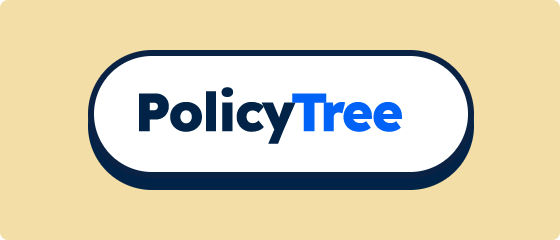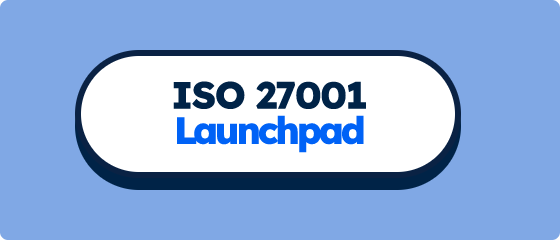
The power of using compliance metadata
How you can use compliance metadata to unlock a competitive advantage and foster collaboration.
Compliance metadata is not merely data—it's the universal data that underpins trust and compliance.
Introduction
In our first blog on compliance metadata, we looked at its six components; scope, risks, frameworks, controls, tests and policies. In this blog, we shift our focus to how you can use compliance metadata to unlock a competitive advantage and foster collaboration.
Understanding compliance metadata: a quick recap
Each element of compliance metadata has a distinct role in building trust:
- Scope: articulates what businesses do, the systems they use, and the commitments they uphold. It is the foundation upon which the rest of the compliance metadata is constructed.
- Risks: highlight where potential pitfalls lie, and where data breaches and reputational risks may occur. Risks provide the context for crafting the framework that will mitigate these vulnerabilities.
- Frameworks: the structure upon which trust and compliance are formed. They outline what needs to be done to address concerns. Frameworks can be industry-specific, enterprise-focused or tailored for a specific purpose.
- Controls: uniquely tailored to each business, they show a company’s commitment to compliance and its understanding of risks and responsibilities.
- Tests: validate whether the controls are performing as intended. Tests can be automated, internal or conducted by external auditors.
- Policies: the blueprints for action. They detail how controls are executed, risks are mitigated, and how frameworks are met. Policies provide the operational context for compliance.
Compliance metadata: the power of collaboration
The true benefit of compliance metadata comes to light when businesses, advisors and auditors work together. When used alongside collaboration, it bridges the language barrier, increases communication and reduces inefficiencies.
For example, imagine a blockchain-based data model—an industry-wide initiative that unifies compliance metadata. This approach would benefit individual platforms, software and services and ensure compatibility. This collaborative effort transforms the landscape, removing silos and sparking collaboration.
Conclusion: the future of compliance metadata
Compliance metadata, the common language that unites businesses, advisors and auditors, holds the potential to reshape how the compliance industry operates.
By championing collaboration and embracing a unified compliance metadata standard, trust builders can create an industry where trust is not merely spoken but actioned.
Read more in this series below and keep an eye out as we delve deeper into the symbiotic relationship between compliance and trust:
- Unlocking trust through compliance metadata
- The future of trust: how compliance paves the path forward
- The cycle of trust: from public concerns to industry adoption
- Navigating the three-sided path to trust and compliance
- Bridging the gap: unifying compliance language across the trust triangle
- Collaboration vs competition in an ever-changing compliance landscape
- The power of using compliance metadata
- The evolution of compliance frameworks







